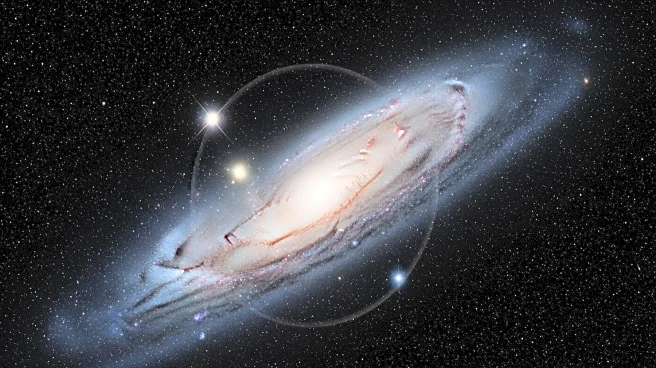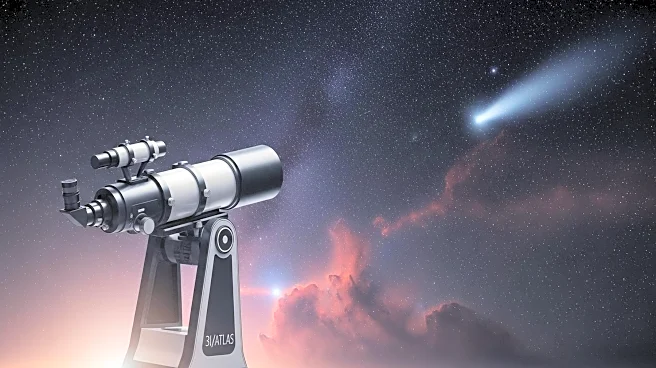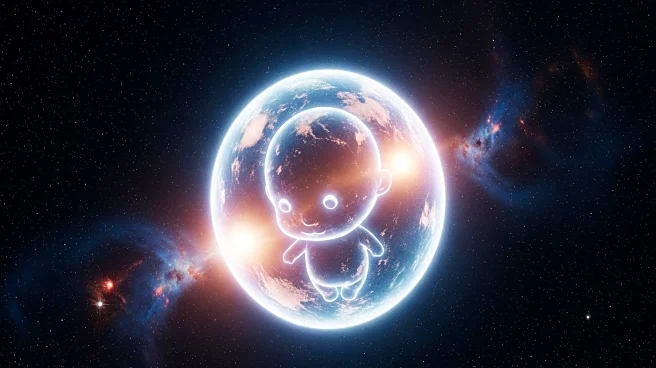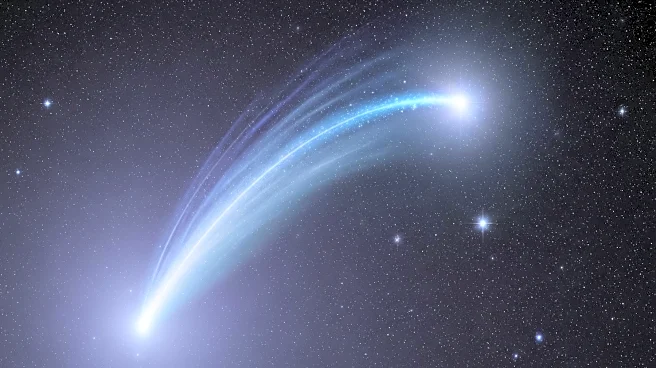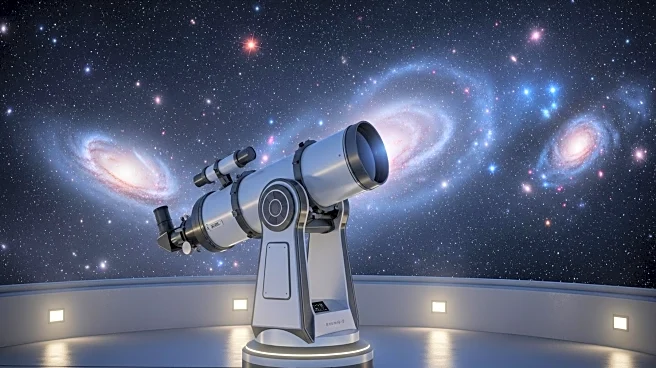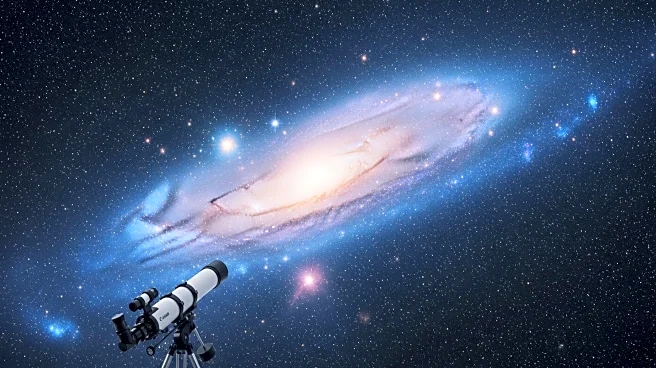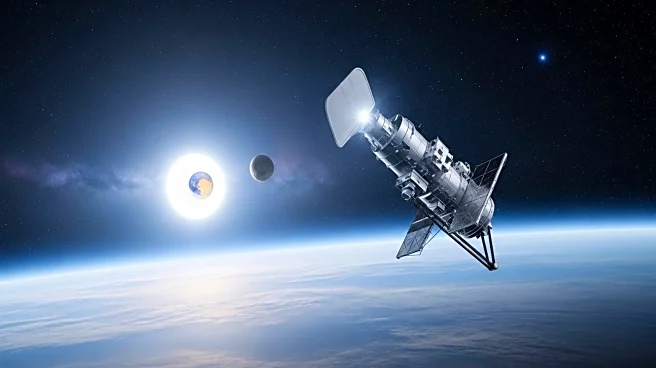What's Happening?
Astronomers have captured the first-ever direct photo of a baby planet forming within a dusty ring around a young star. Using advanced adaptive optics, the team detected glowing hydrogen gas streaming onto the infant world, essentially catching it mid-birth. The discovery was made by a team led by University of Arizona astronomer Laird Close and Richelle van Capelleveen, a graduate student at Leiden Observatory in the Netherlands.
Why It's Important?
This discovery provides a rare glimpse into the early stages of planet formation, offering valuable insights into the processes that lead to the creation of planetary systems. Understanding how planets form and evolve is crucial for comprehending the dynamics of our own solar system and others. The ability to observe a planet in its formative stages could lead to advancements in planetary science and the study of exoplanets.
What's Next?
Further observations and analysis will be conducted to understand the mass and composition of the newly discovered planet, WISPIT 2b. Researchers will continue to study the surrounding disk and the potential presence of other planets within the system, aiming to uncover more about the conditions that lead to planet formation.
Beyond the Headlines
The discovery challenges existing theories about planet formation, suggesting that planets can form in regions previously thought to be unlikely. This could lead to a reevaluation of current models and theories in planetary science.

